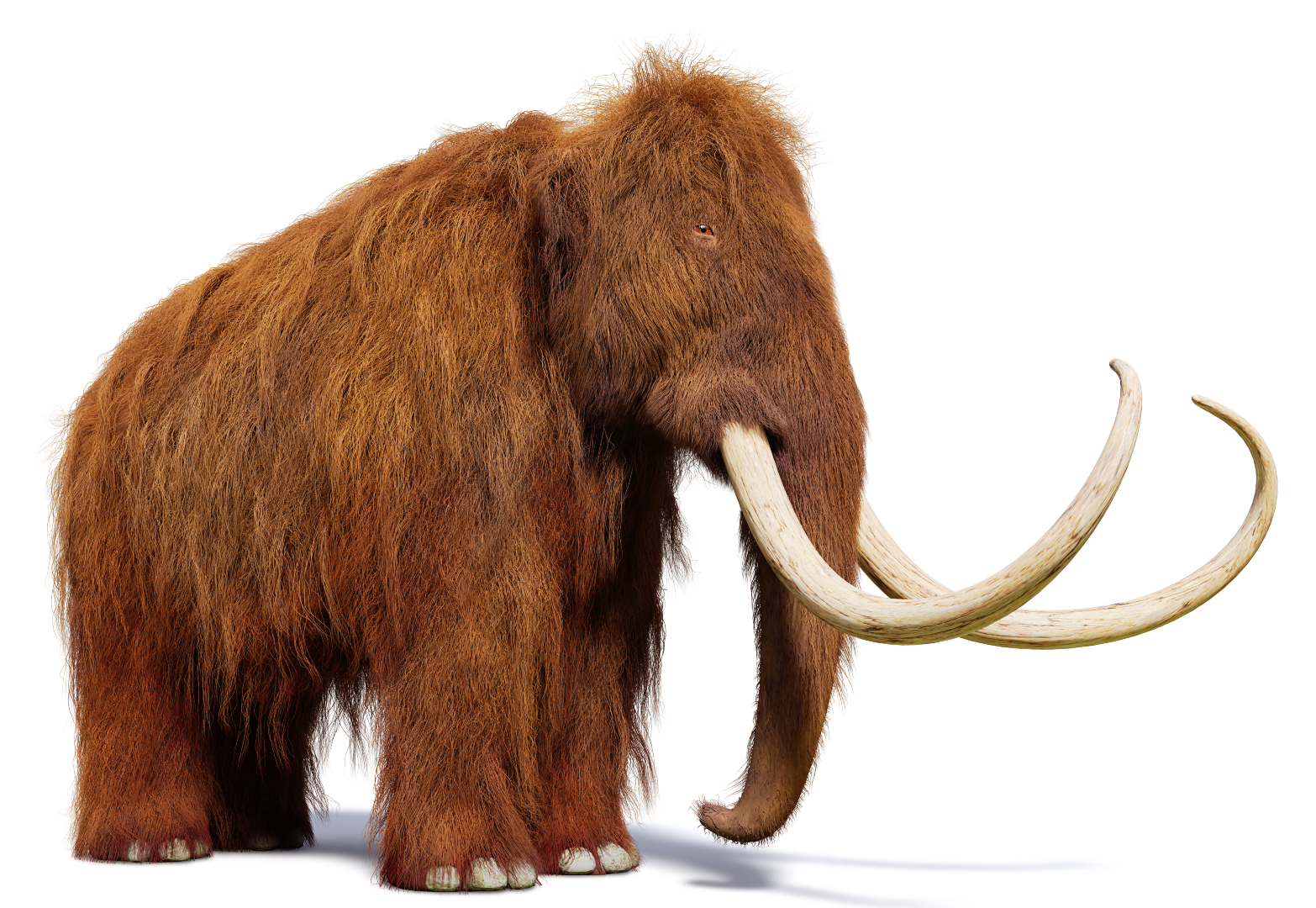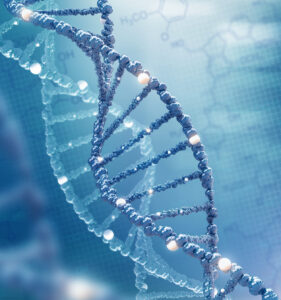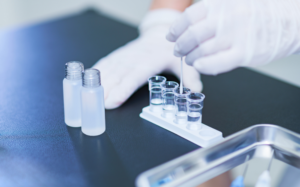As biotechnology becomes ever more adept at techniques to control our cells and our environment, bioethics comes into question. The ability to perform controversial scientific research often outpaces the laws and regulations that are in place to control it, so therefore, all citizens need to engage in a discussion about the types of scientific research that should and should not be done. Diverse perspectives of an informed population are necessary to guide the appropriateness of biotechnology research.
It is this type of interplay that I want to explore in this month’s column. Here, I present to you several recent advancements that touch on bioethical matters. I’ll ask the tough questions and leave it up to you to decide how to answer them for yourselves.
Should we use cloning techniques to save species from extinction?
 A black-footed ferret was cloned using cells from the last of its species cryopreserved 30 years ago. The nucleus of a black-footed ferret cell was inserted into the empty shell of a domestic ferret egg and stimulated to divide. The embryo was carried to term in a domestic ferret and, so far, the cloned ferret (which has been confirmed to be 100 percent a black-footed ferret) seems healthy. If a species has been long gone, should we bring it back into existence if we have the ability to do so? What if humans were responsible for its extinction—does this change things? How far back in the extinction record is too far back? For example, should we clone a woolly mammoth?
A black-footed ferret was cloned using cells from the last of its species cryopreserved 30 years ago. The nucleus of a black-footed ferret cell was inserted into the empty shell of a domestic ferret egg and stimulated to divide. The embryo was carried to term in a domestic ferret and, so far, the cloned ferret (which has been confirmed to be 100 percent a black-footed ferret) seems healthy. If a species has been long gone, should we bring it back into existence if we have the ability to do so? What if humans were responsible for its extinction—does this change things? How far back in the extinction record is too far back? For example, should we clone a woolly mammoth?
Who is responsible for creation of new life forms?
 Synthetic cells that are able to grow and divide on their own have been produced. With the addition of just seven genes, these synthetic cells act much more like the mycoplasma cells they were modeled after. Scientists study these synthetic cells in hopes of determining the rules of life, ultimately creating synthetic cells capable of producing drugs, foods, and fuels, or functioning as tiny computers. Are these cells considered a new form of life? What controls do we have in place to ensure their safety and compatibility with other living things?
Synthetic cells that are able to grow and divide on their own have been produced. With the addition of just seven genes, these synthetic cells act much more like the mycoplasma cells they were modeled after. Scientists study these synthetic cells in hopes of determining the rules of life, ultimately creating synthetic cells capable of producing drugs, foods, and fuels, or functioning as tiny computers. Are these cells considered a new form of life? What controls do we have in place to ensure their safety and compatibility with other living things?
To study organ formation for transplantation research, scientists created embryos that were part human and part monkey by injecting human stem cells into monkey embryos. This type of research could lead to the generation of transplant organs for the thousands of people who die every year waiting for a donated organ. Do the ends justify the means? Would an organ be considered human if the majority of cells that compose it are human cells? Would someone use this research to create a human-animal hybrid? How should this research be regulated?
Get Program Guide
Learn more about our 100% online degree and certificate programs.
How much should we know about a child before they are born?
Genetic screening for diseases of an unborn child is nothing new. While the child is in the womb, rare mutations for certain genetic disorders and birth defects are routinely tested for so that parents can make informed decisions about the pregnancy. Now, a child’s risk of more routine diseases—such as heart disease, type 2 diabetes, and Alzheimer’s—can be determined by analyzing the parents’ DNA. The makers of the test claim that this information provides more options to future parents. How much information about a child yet to be conceived is too much? Where do you draw the line on which diseases are an acceptable risk for a child to contract and which are not?
Who owns biotechnology that exists for the common good?
In order to fight the COVID-19 pandemic, many biotechnology companies came together to produce vaccines and treatments for widespread administration to the public. Although Pfizer published their vaccine’s mRNA sequence, Moderna did not. Researchers at Stanford collected discarded vials of the two vaccines, with the approval of the FDA, and sequenced the leftover material. Subsequently, the vaccines’ sequences were published on GitHub, an open source depository for programming and bioinformatics information. The Stanford researchers claim they did not “reverse engineer” the vaccines, but instead, merely provided access to the sequence information for research purposes. Should sequence information be provided for all vaccines and therapeutics to expedite research efforts? What intellectual property do biotechnology companies own and what should belong to the public?
UW Applied Biotechnology
The UW Master of Science in Applied Biotechnology equips students to lead efforts in solving problems in all areas of biotechnology, including bioethics. As an online program, it’s an ideal choice for busy adults who are seeking advanced education.
ABT 705: Ethics, Safety, and Regulatory Environments in Biotechnology is a core class within the UW Applied Biotechnology curriculum. Students become versed in the ethical and safety concerns in development, production, funding, and application of biotechnology. The course won a 2020 ADEIL Distinguished Course Award.
Do you want to learn more about UW Applied Biotechnology? Contact a knowledgeable enrollment adviser at 608-262-2011 or learn@uwex.wisconsin.edu.
 About the author: Dr. Melinda Verdone is the former program manager of the 100 percent online University of Wisconsin Master of Science in Applied Biotechnology program. She earned her M.S. in Microbiology and her Ed.D. in Higher Education and has more than 20 years of biotechnology experience working in research and development and higher education.
About the author: Dr. Melinda Verdone is the former program manager of the 100 percent online University of Wisconsin Master of Science in Applied Biotechnology program. She earned her M.S. in Microbiology and her Ed.D. in Higher Education and has more than 20 years of biotechnology experience working in research and development and higher education.











